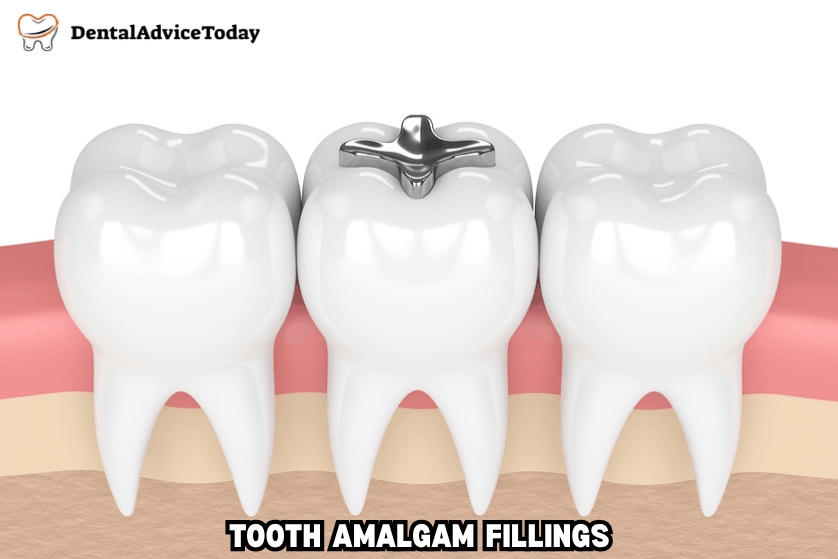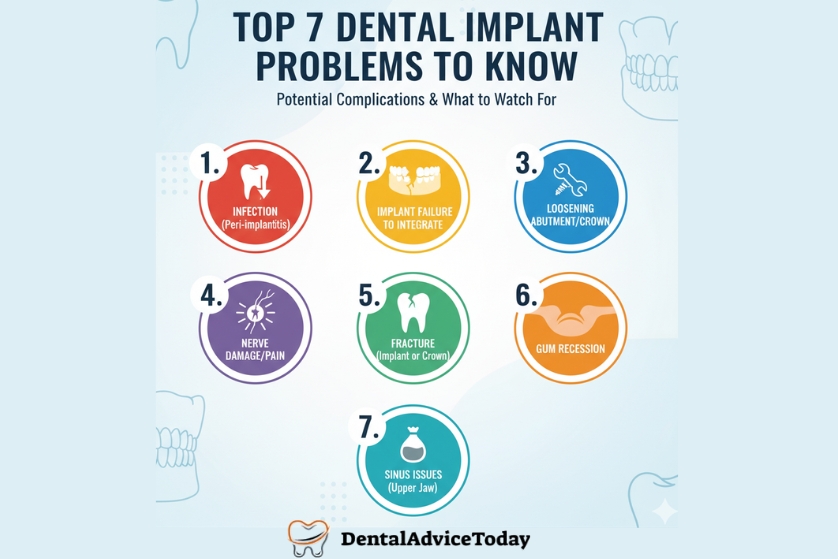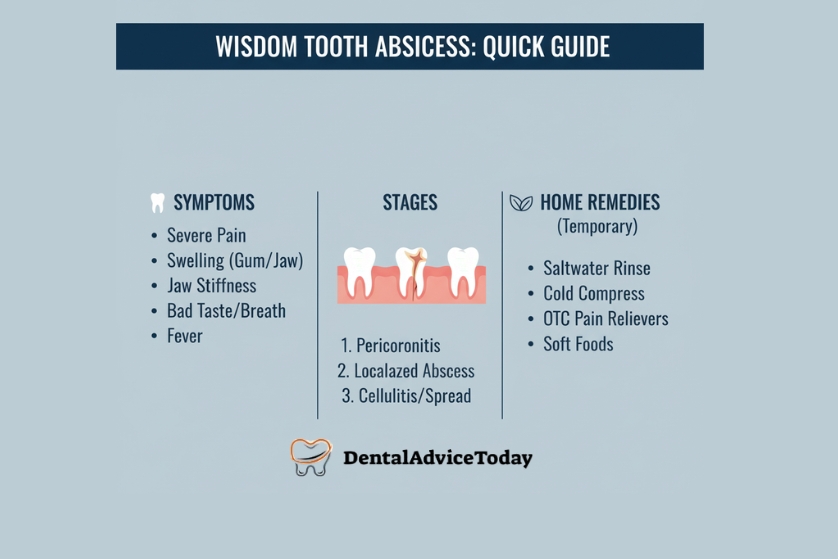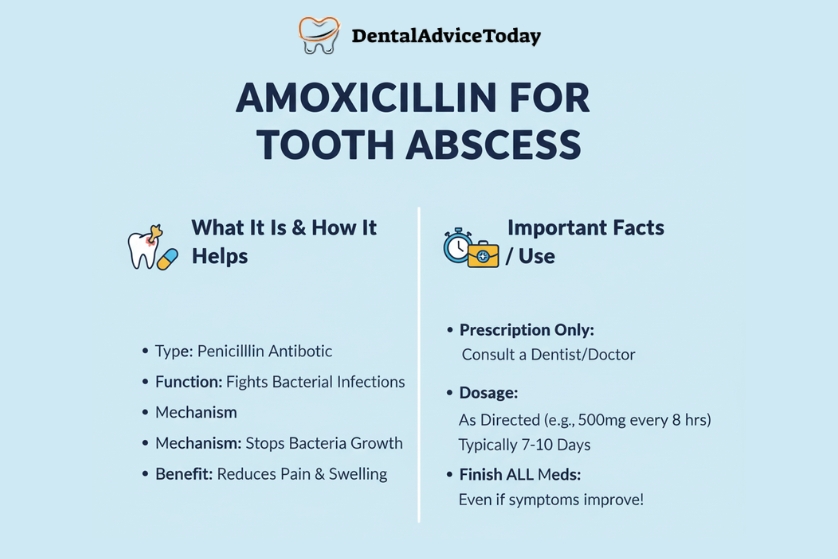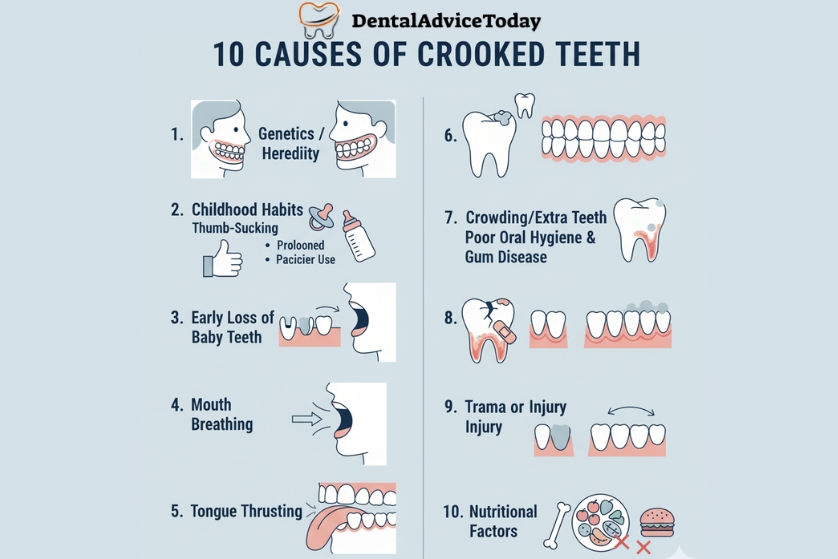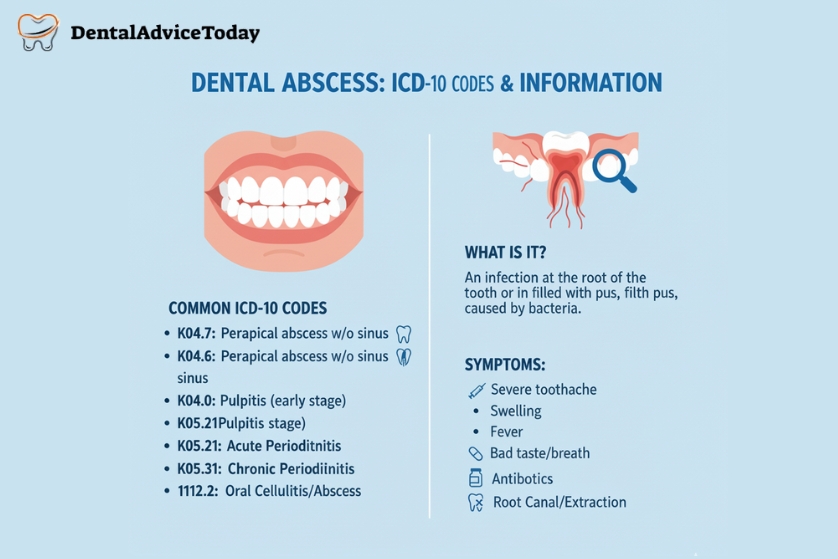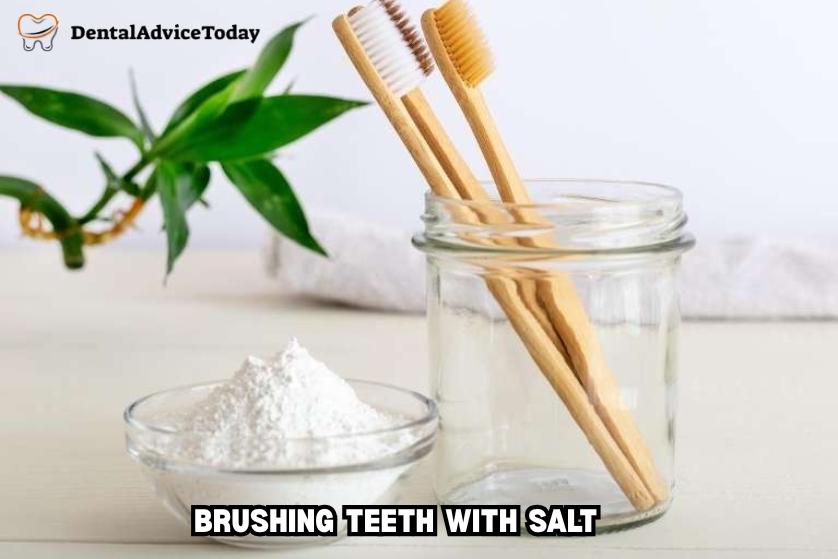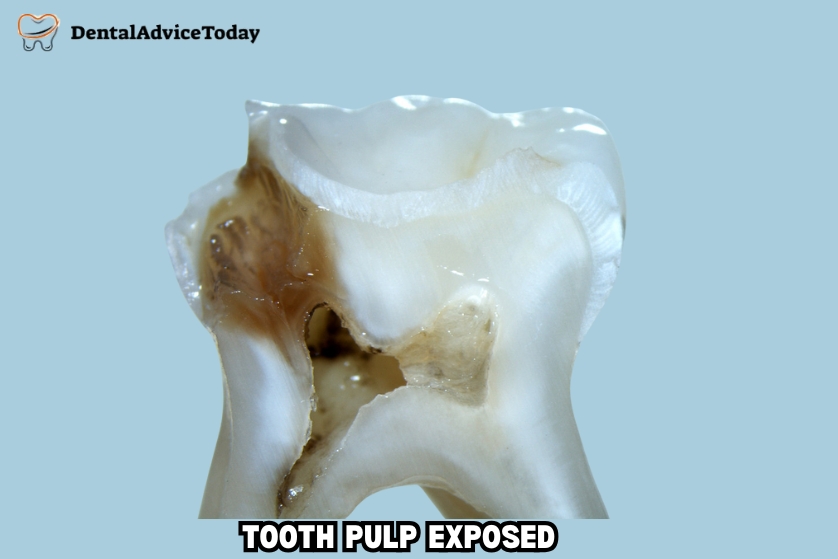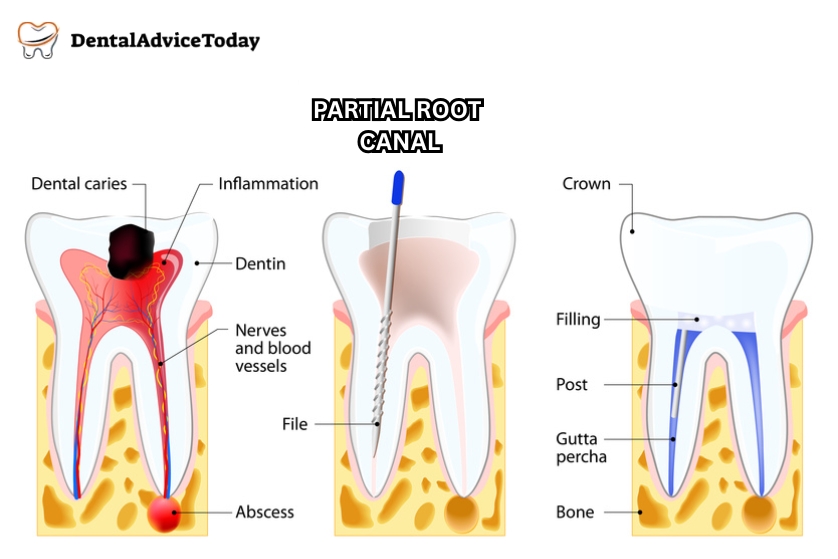You are at the dentist with a cavity, and they recommend tooth amalgam fillings to fix it. It sounds old-school, but these silver-colored patches have been around for ages. If you’re wondering what amalgam filling is or if it’s right for you, this guide has all the answers. We’ll cover benefits, possible issues, how long they stick around, costs, and even compare them to other options like composites. Whether you’re dealing with amalgam filling for the first time or thinking about removing amalgam fillings, we’ll keep things simple and clear.
As part of , we share straightforward tips on oral care to help you smile brighter. From dental amalgam fillings to everyday habits, our goal is to make dental info easy to understand. Stick around to learn about amalgam dental filling side effects, how long do amalgam fillings last, amalgam filling cost, and composite vs amalgam filling.
What is an Amalgam Filling?
An amalgam filling is a dental material. It is applied to cavities created by tooth decay. It is an alloy of metals such as mercury, tin, copper, and silver that creates a powerful plug of silver color in your tooth. Its durability and longevity have made dentists use it for over 150 years.
The process is simple and the dentist removes the decayed part of the tooth and then fills it with the soft amalgam mixture. It hardens quickly, letting you eat soon after. Often called “silver fillings” due to their look, they’re great for back teeth where chewing pressure is high. The American Dental Association (ADA) approves them as safe for most people.
But why the mercury? It’s liquid at room temperature, helping bind the metals into a paste that’s easy to shape. Once set, it’s stable. If you’re curious about dentist amalgam fillings, they’re a common pick for fixing amalgam filling teeth in molars or premolars. We recommend asking your dentist if it suits your bite and lifestyle.
Benefits of Amalgam Fillings
Dentist amalgam fillings come with several perks that make them a go-to for many. First off, they’re super strong and can handle the tough job of chewing without breaking easily. This makes them ideal for large cavities in back teeth where pressure is high.
Another big plus is their longevity. They often outlast other materials, saving you trips to the dentist. Plus, the amalgam filling cost is low, making it affordable for folks without fancy insurance. They harden fast, so you can eat right away, and they resist bacteria to help prevent more decay.
Here are some key benefits in a list:
- Durability: Tolerates biting forces better than some Options
- Cost-effective: Amalgam fillings are cheaper than tooth-colored options.
- Quick application: Less time in the chair.
- Bacteriostatic: Helps fight off germs.
- Long history: Proven safe by groups like the ADA.
Amalgam Dental Fillings Side Effects and Concerns
- Side effects of amalgam dental fillings are rare, and some folks worry about them. The major concern is mercury, which can release tiny amounts of vapor over time. Studies link high exposure to problems such as sleep problems, nerve troubles, and mood changes, but for the most, levels from fillings are too low to harm.
- Allergies occur in less than two percent of people, causing itching in the mouth and rashes. Some report sensitivity right after placement, such as metallic taste, pain, but it mostly fades.
- Long-term, fillings might expand and crack the tooth, or lead to lichenoid reactions in the gums.
- Environmental worries exist too mercury can pollute if not disposed of properly. Most of the groups such as the FDA say they are safe for kids over 6 and adults, but recommend variants for those with kidney problems, and pregnant women.
- If you have concerns, talk to your dentist about removing amalgam fillings safely.
How Long Do Amalgam Fillings Last?
Some go 20 years or more with good care. On average, they stick around for 10-15 years. Factors like tooth location, your bite force, and habits play a role – back teeth wear faster from chewing.
Amalgam fillings are tougher than composites, lasting twice as long in most cases. To make your endurance, brush twice daily, avoid hard candy and ice, and floss.
Regular dentist visits catch wear early.
Here’s a quick list of tips to extend life:
- Use fluoride toothpaste for strength.
- Skip grinding with a night guard if needed.
- Eat soft foods right after placement.
- Get check-ups every 6 months.
If it starts hurting or looks worn, see your dentist. For more on amalgam filling teeth maintenance, browse Dental Advice Today.
Amalgam Filling Cost
The amalgam filling cost is one of its best features – typically $50-$150 per tooth in the US. In 2025, prices might hover around $100-$250 depending on location and filling size. Insurance often covers most, leaving you with $20-$50 out-of-pocket.
Factors include the dentist’s fees, tooth count, and whether X-rays are needed. Compared to composites at $150-$450, amalgams save money.
Composite vs Amalgam Filling: Which is Better?
When picking between composite vs amalgam filling, it depends on your needs. Amalgams are stronger and cheaper, ideal for back teeth where looks don’t matter. Composites match your tooth color for a natural smile, but might not last as long – 5-7 years vs 10-15 for amalgams.
In dental amalgam vs composite fillings, amalgams resist wear better but contain mercury, while composites are mercury-free and bond tightly to reduce decay risk. Cost-wise, composites run higher at $150-$450 per tooth. Aesthetics favor composites for front teeth.
Pros/cons table:
| Aspect | Amalgam | Composite |
| Durability | High (10-15 yrs) | Medium (5-7 yrs) |
| Cost | Low ($50-$150) | Higher ($150-$450) |
| Appearance | Silver | Tooth-colored |
| Mercury | Yes | No |
| Placement Time | Quick | Longer |
Your dentist can advise based on cavity size and location. For more comparisons, visit Dental Advice Today.
Removing Amalgam Fillings: When and How
Thinking about removing amalgam fillings? Do it if they’re worn, cracked, or you’re worried about mercury. The FDA says don’t remove good ones unless needed. The procedure uses drills to take out the old material, then a new filling, like composite goes in.
Safe removal follows protocols such as SMART to minimize mercury exposure, with suction and masks. Costs $100-$300 per tooth.
Steps:
- Numb the area.
- Drill out amalgam.
- Clean and fill with new material.
- Polish for comfort.
Talk to your dentist first. Dental Advice Today has more on safe swaps.
Conclusion
Tooth amalgam filling provides low cost, and durability, but has side effects and alternatives such as composites. Consult with your dentist for the best fit. For more dental tips, head to Dental Advice Today. Keep smiling!
FAQs
Q. What is an amalgam filling made of?
Amalgam fillings are made from tin, mercury, silver, and copper to create a sturdy filling for cavities.
Q. How long do amalgam fillings last?
Usually, amalgam fillings last 10-15 years, but up to 20 years with no heavy chewing and good care.
Q. What are Amalgam dental fillings Side Effects?
Rare, but include mercury worries, allergies, or tooth sensitivity; most are safe per ADA.
Q. Composite vs amalgam filling: Which to choose?
Amalgam for strength in back teeth; composite for a natural look in front – depends on location.
Q. What’s the amalgam filling cost?
Mostly $50-$150 per tooth cost, often covered by insurance for affordability.
Q. When should I consider removing amalgam fillings?
If cracked, worn, or for health reasons – but only if your dentist recommends it.
